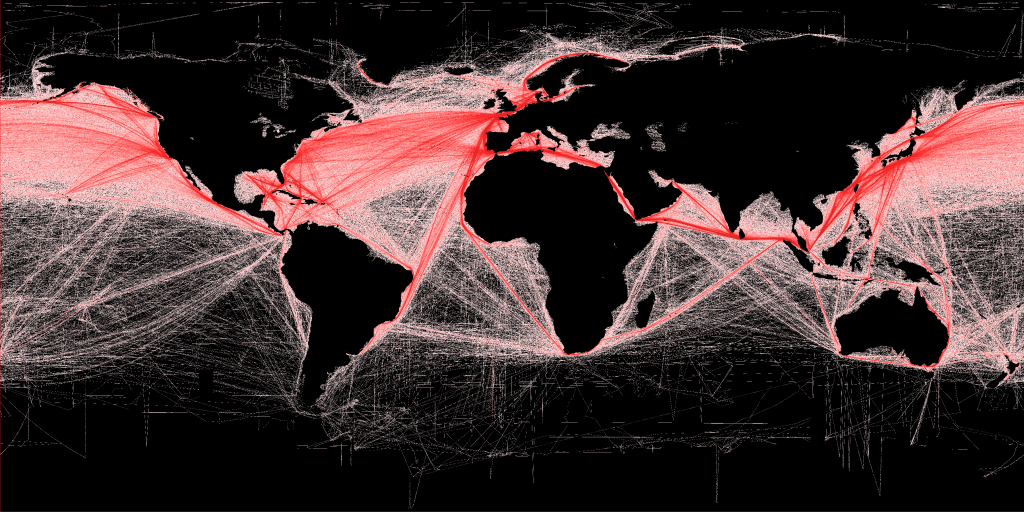It is difficult today to imagine a world that is not interconnected. Changes to communications and transportation technology over the last century have dramatically altered the way we interact with places near and far. In this global economy, it is important to understand the patterns of resource distribution and movement that serve as the foundation of global supply chains.
As part of Challenge Week 2018, hosted by UCA’s Norbert O. Schedler Honors College, students and faculty from the Department of Geography want to bring attention to the ways spatial investigations of the human and environmental impacts of supply chains can enhance our understanding of the world we live in. From produce in the local grocery store, to components of your car, from the battery in your cell phone, to the clothes in your closet, nearly every item we use comes to us through a complex series of interactions that span the globe. We often have a difficult time grasping the extent to which these supply chains are intertwined with our own lives; they seem abstract and distant, rather than the real-world processes they truly are.
The following Story Maps were created by the team at ESRI and showcase several examples of how the products we use in our daily lives come to us from the other side of the world.
Note: Some browsers may identify the Story Map script as unsecured, requiring additional permissions to allow the script to run. If you do not see the maps below, please check your browser warning messages.
Lithium-Ion Batteries
Powering our cell phones, lap tops, and watches, lithium-ion batteries are now commonplace in our lives. But it takes the combination of specific minerals (cobalt, graphite, and lithium) to make these batteries. These are sourced from many different places around the globe, assembled, and distributed to consumers. Scroll through this map to follow the life cycle of a lithium-ion battery.
Starbucks
Coffee is nearly ubiquitous in our lives. But as an agricultural commodity, coffee grows well in only a handful of places around the globe. Getting those coffee beans from the field to the cup has been a challenge for several centuries. Click the sections along the left of this map to trace the journey of a coffee bean from Africa.

